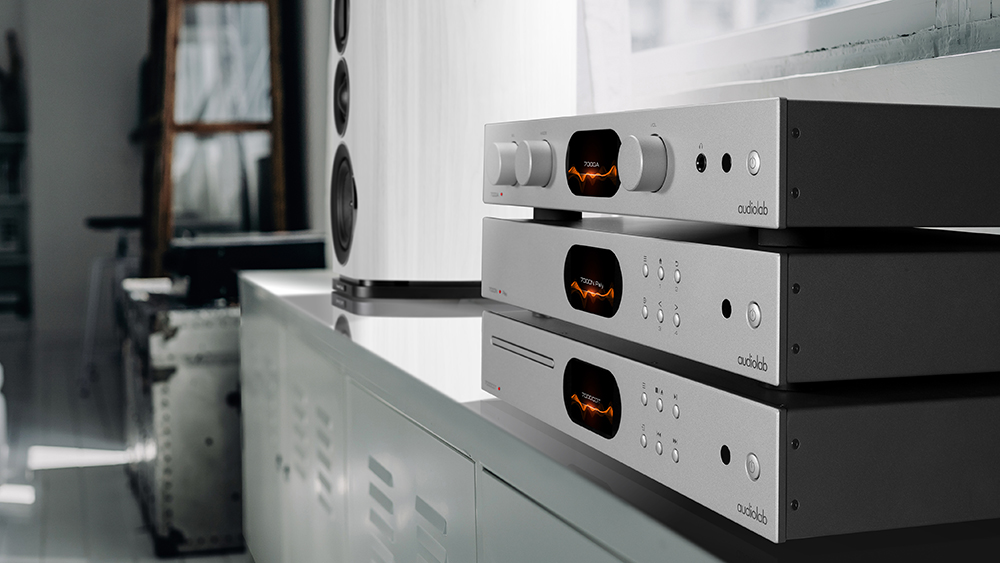
Whether you’re starting out on your hi-fi journey and considering your options, or you’re on the upgrade path and trying to decide your next move, the question of whether you should opt for an all-in-one system or separates may well have come up. But what does that even mean, and what are the pros and cons of each option?
While hi-fi separates might conjure up a rather idealistic idea of hi-fi, the fact is that integrated and one-box systems have come a long way in recent years, narrowing the gap between the two. Systems are no longer simply an entry-level endeavour, and equally, separates also don’t need to cost the earth. So which path is right for you? We’ll try to help you make that decision below.
What are separates?
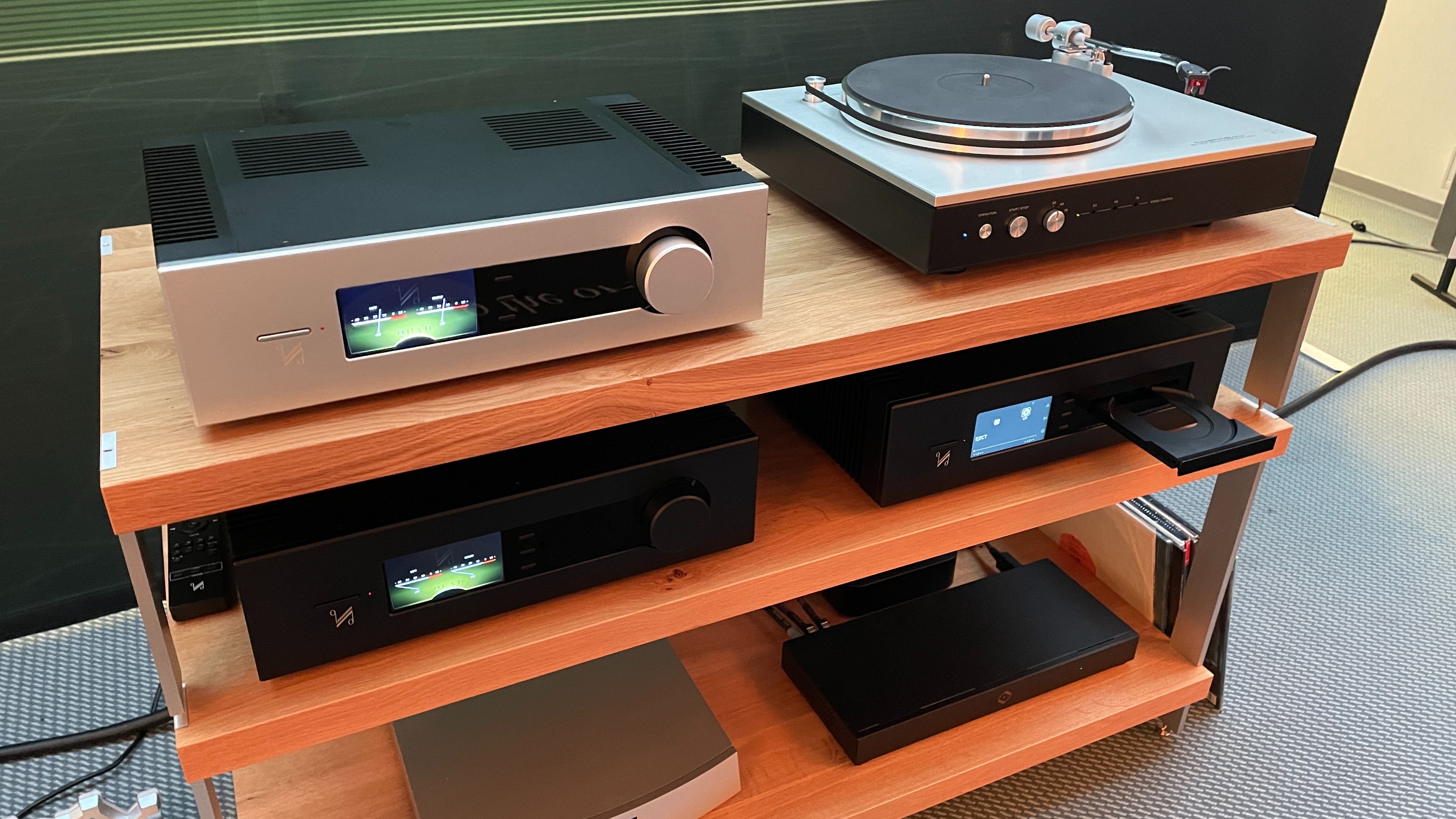
Hi-fi separates refers to the idea of having separate boxes focused on different jobs in your hi-fi system – namely source, amplification and speakers. That means you could have a turntable, amplifier and speakers, or – if you’re truly embracing the separates lifestyle – even a turntable, phono stage, pre-amplifier, power amplifier and speakers.
Of course, there are other sources you could throw in too – like a CD player, or a streamer and a DAC for playing music from digital sources wirelessly. A separates system can be as big or small as you need it to be, and that’s a large part of its appeal. So without further ado…
Separates pros
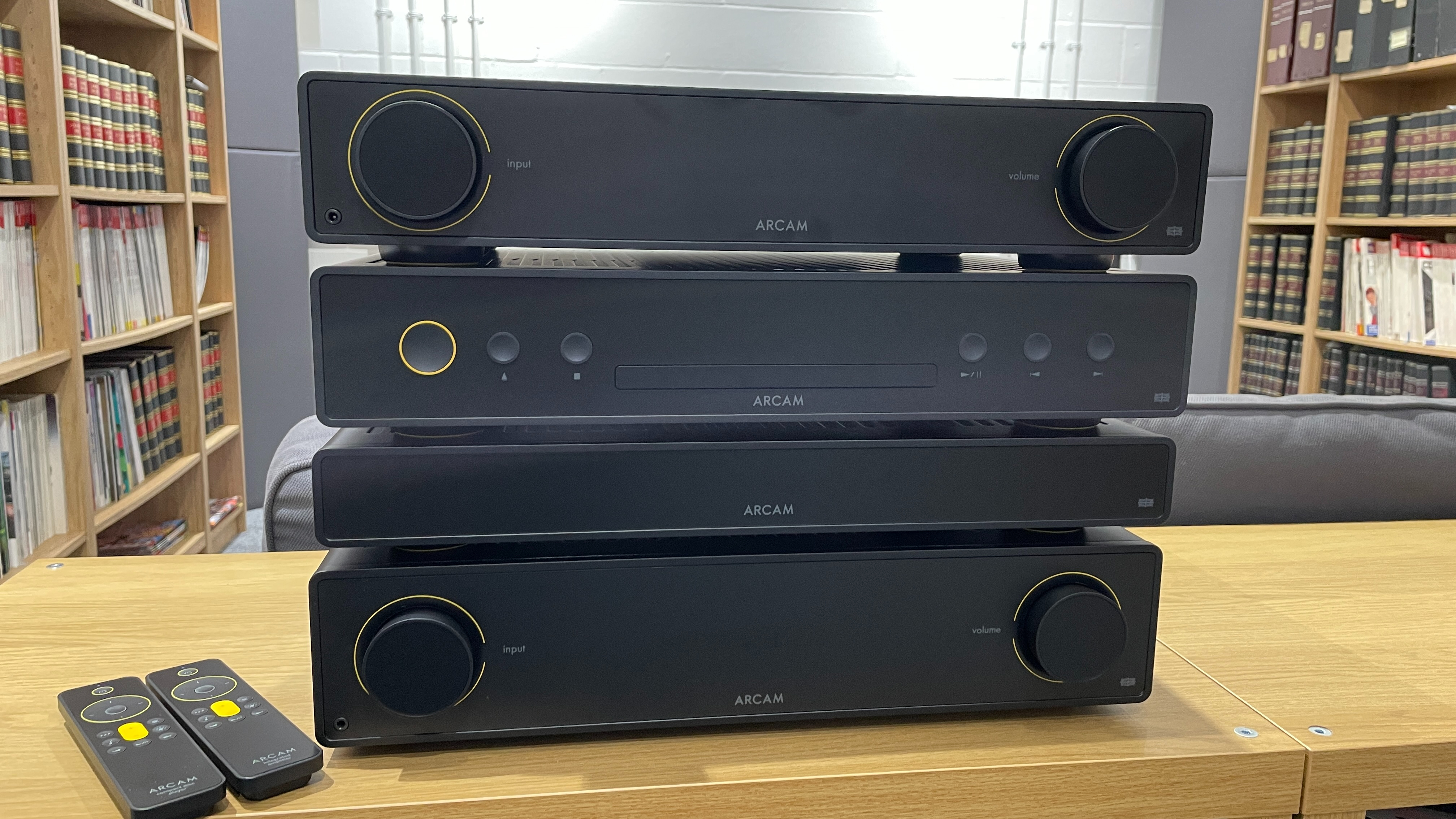
Upgradeability and futureproofing
One of the best things about having a separates system is that it opens the door for you to add in more things as your system needs to evolve, as well as allowing you to swap kit out when you want to upgrade or change your set-up. When everything is in a single box, that’s just not possible without starting all over again.
That means if you’re thinking of making this hi-fi game something of a hobby, or you’re keen to continue investing in your system over time, the separates route is almost certainly the way to go.
Very best sound quality
While the sound of all-in-one systems is quickly playing catch-up, it’s true that the very best sound quality will come from a separates set-up. That’s because each box is focused on the specific job at hand, with its own dedicated circuitry and power supply.
No compromises have to be made in order for different components to share the same space, and there are fewer opportunities for electrical or mechanical interference that can spoil the sound.
Not just that, but you can truly tailor the performance to your taste too. By system-matching components to exactly the tone and character you like, you can create your very own sonic cocktail to enjoy for years to come.
System matching: more fun?
This is perhaps rather subjective, but building a hi-fi separates system should feel like fun if it’s the path for you, as you get the option to research which components you want to buy, explore how well they match together, and audition lots of different kit to get to a sound you love.
That said, system matching is an art and a science and choosing several components that work well together is absolutely essential to enjoying a separates system. Yes, it's fun and rewarding, but if you match badly then the results won't be great.
If that sounds like a bit too much effort, or you simply don’t have the time to dedicate to it, then the all-in-one route might be better for you.
Separates cons
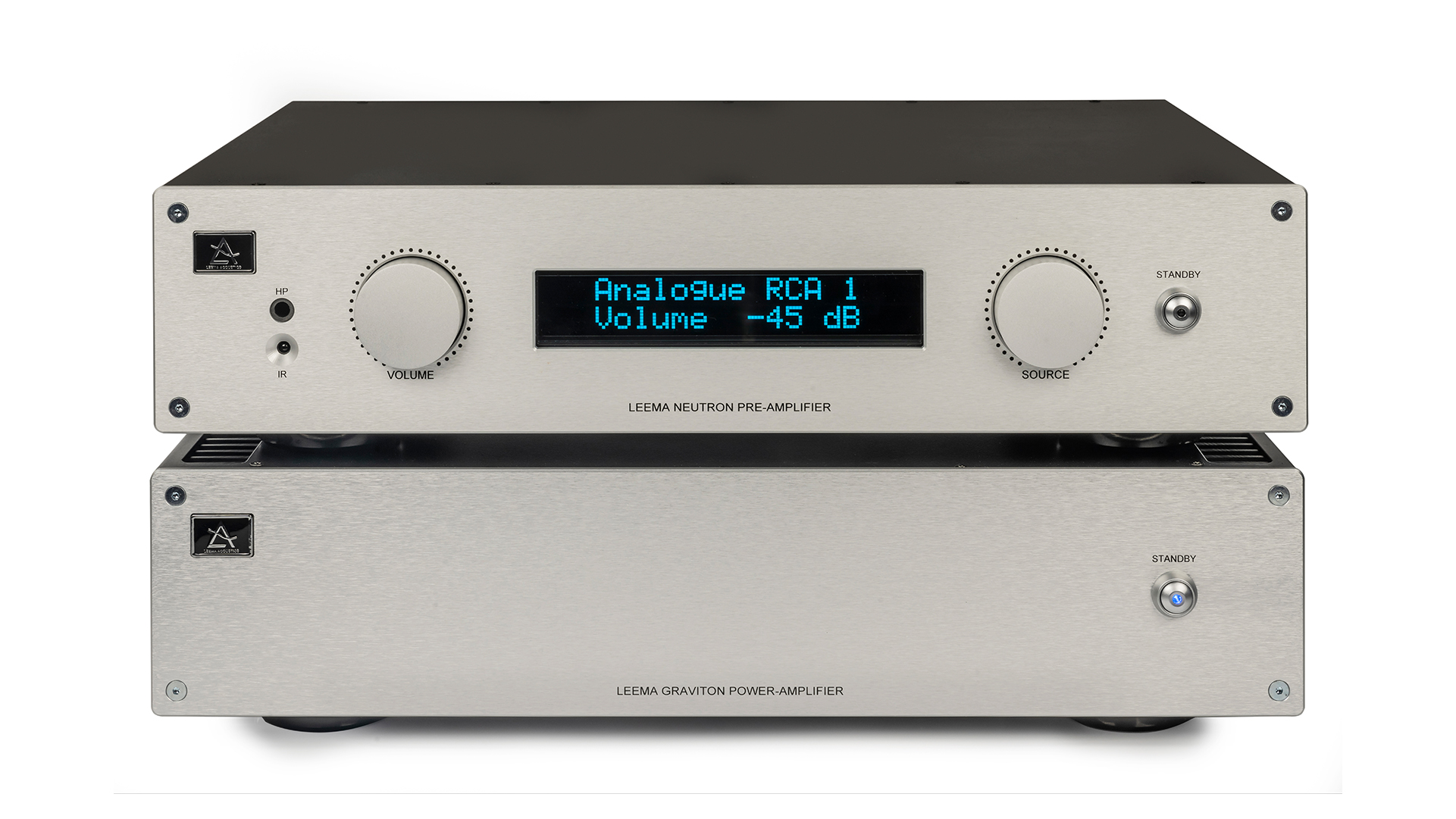
More daunting, less convenient
As we just touched on above, the process of building a system can be a lengthy and potentially ongoing one. If you’re a newcomer to hi-fi, it might all feel quite overwhelming, particularly if you're just looking for the easiest route to great sound.
Of course, if you’re up for learning, we have plenty of how to articles on our site to help you feel less daunted – things like how to build the perfect hi-fi system and a guide to system matching – but there is undoubtedly more time and faff involved in separates that might not be for you.
Expensive
Not only can you spend much more on the separates themselves, the expense of extra cabling and dedicated racks to hold your kit (for the best performance) can really add up too. There’s also the very large possibility that you’ll catch the hi-fi bug and you’ll be spending your pay cheques months in advance, dreaming of your next big upgrade. We know, we’ve been there.
Of course, budgeting is key when building any system, and the beauty of separates is the ability to start off on a stricter budget and build up when you can. There are good affordable options available (though less than we’d like), but the likelihood is that it’ll cost more to get started the separates way than it would with an all-in one.
What are systems?

All-in-one systems come in a variety of shapes and sizes, and sometimes aren’t actually all-in-one (although the components involved are drastically reduced).
If you take a look at our pick of the best hi-fi systems, for example, you’ll see some CD micro systems and streaming amplifiers, which will usually require you to add separate speakers; some active stereo speaker systems, which just need a source; and also some tabletop all-in-ones.
You’ll need to decide what works best for your space and how you are most likely to play your music. A lot of all-in-one systems incorporate streaming, but if you want something like a CD disc drive or record player, you may have to look for something a little more specific.
Systems pros
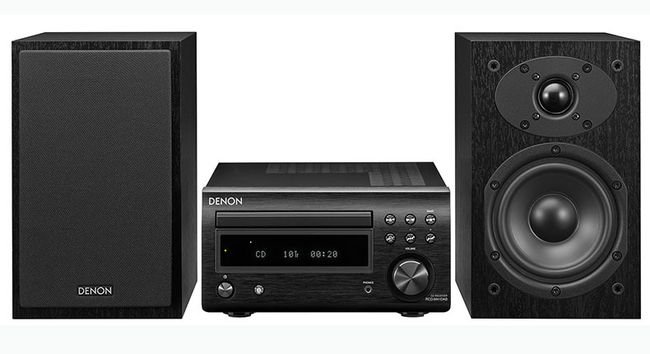
Convenience and simplicity
The biggest reason to choose a system is they are usually very convenient. That’s because they have next-to-no set-up time and are pretty much ready to go out of the box. They’re often more compact and less fussy about placement too (though do check the manufacturer’s recommendations), so can be accommodated in smaller spaces with no concerns.
If the idea of system matching separates (which requires research, time and in all likelihood a fair bit of auditioning) brings you out in a cold sweat, then all-in-ones have all of that hard work and tuning done for you.
More affordable
Generally you can pick up a system much more affordably than you can put a separates system together for, but with the quality improvements we’re seeing in systems now, that doesn’t mean a system is necessarily going to be cheap.
For example, you can pick up our favourite microsystem, the Denon D-M41DAB for under £400 / $595 with speakers, but the Ruark R410 all-in-one is considerably more expensive at £1300 (around $1600). The good thing is that you have options, so you can set your budget and shop accordingly.
Systems cons
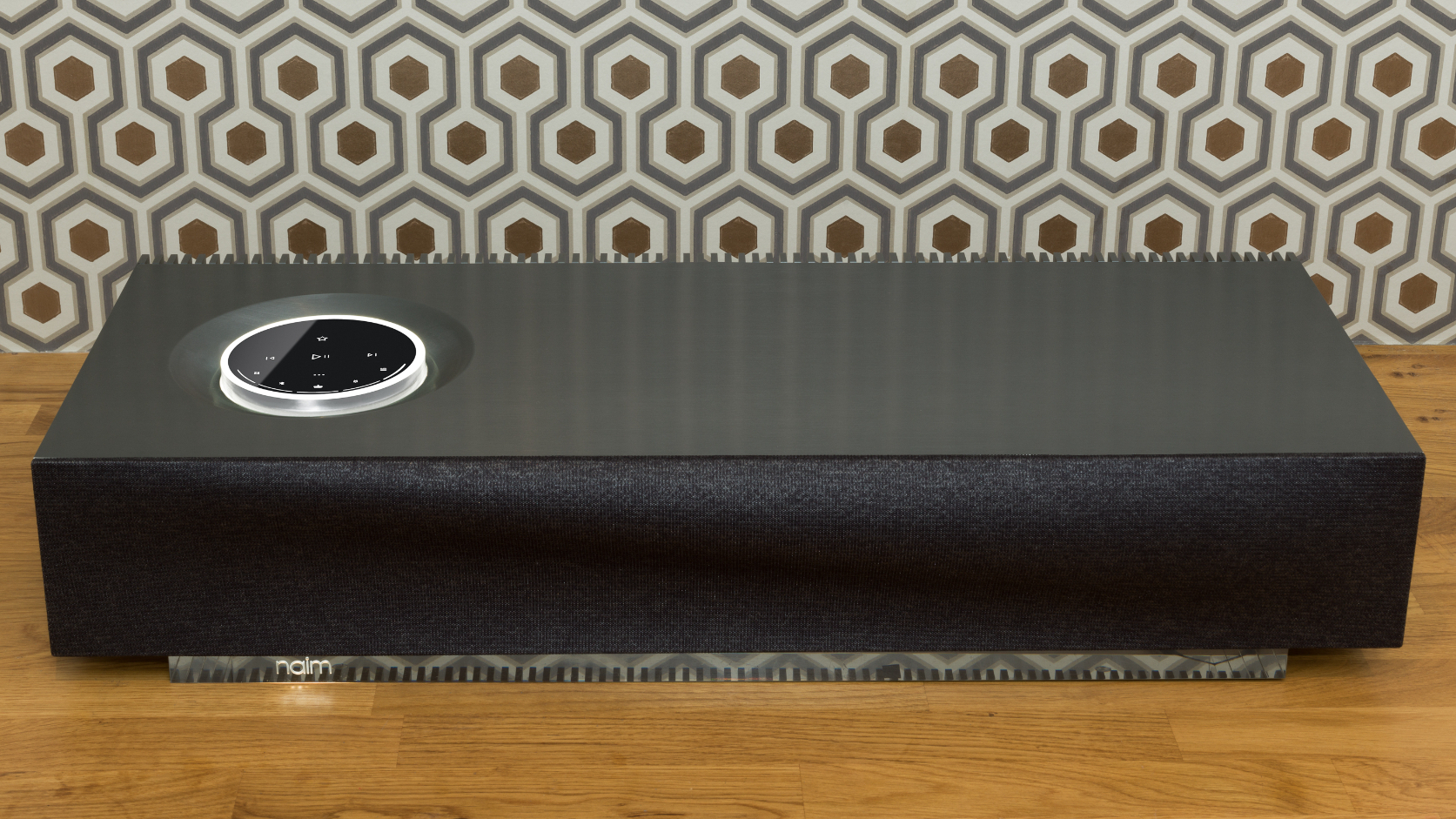
Still comparatively compromised on sound
Even though sound has got drastically better in systems, there are still some sonic sacrifices to be made by shoving all your components into a single box (or a box and speakers) – especially when power supplies are shared. There’s just more opportunity for unwanted interactions between electronics that can degrade the sound when compared with separates.
Additionally, few manufacturers are specialists in both speaker and component design, so systems that cover both may not necessarily be as good in one area as another.
Limited upgradeability
The issue with having an all-in-one system, by design, is that there is not as much opportunity for upgrading the sound over time.
That said, some all-in-ones do have extra inputs, so you can add in extra sources should you wish, and if you opt for a streaming amplifier or micro system, you could also upgrade the speakers later down the line.
However, in terms of the core sonic offering at the heart of the system, you’ll need to upgrade the whole thing if you want much more from your system’s sound over time.
So, should you buy separates or a system?
Hopefully by now you have a clearer idea of the benefits and restrictions of separates and all-in-one systems, and which might work best for you and your needs.
Does the idea of being able to upgrade and tweak your system over time appeal? Have you got room for multiple components and the extra budget for cables and stands? Then go for separates – you will likely be rewarded with fewer sonic compromises and, hey, it's fun to build... and keep on building.
Need something that’s more convenient and minimal fuss? You’ll likely find that a simpler, space-efficient system suits your needs best. But ultimately, there’s really no right or wrong answer. Be sure to read our reviews, check out our advice pieces and you’ll not go far wrong with either option.
MORE:
How to build the perfect hi-fi system
The best hi-fi systems you can buy – streaming amplifiers, all-in-ones and more







